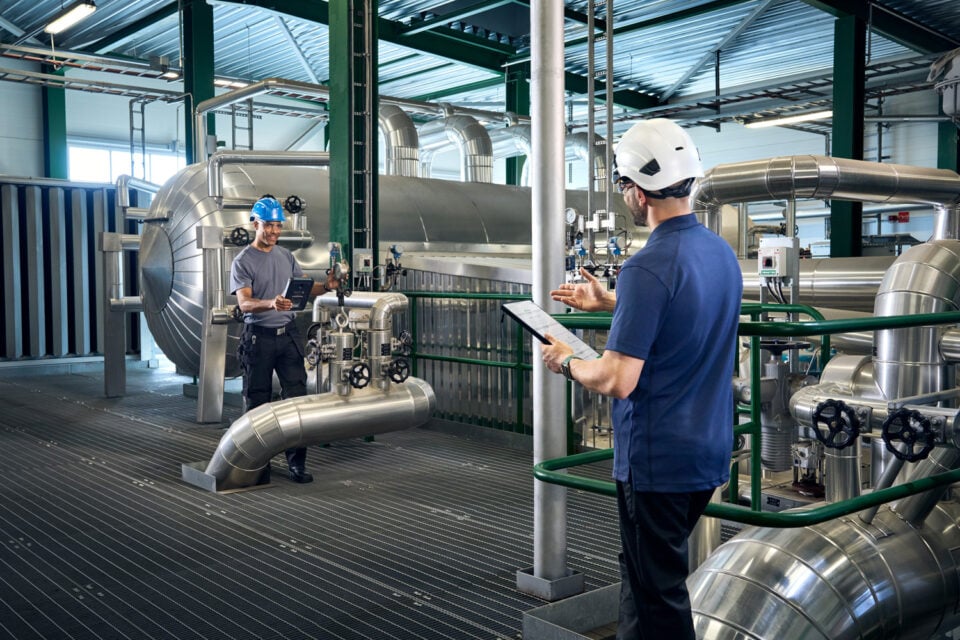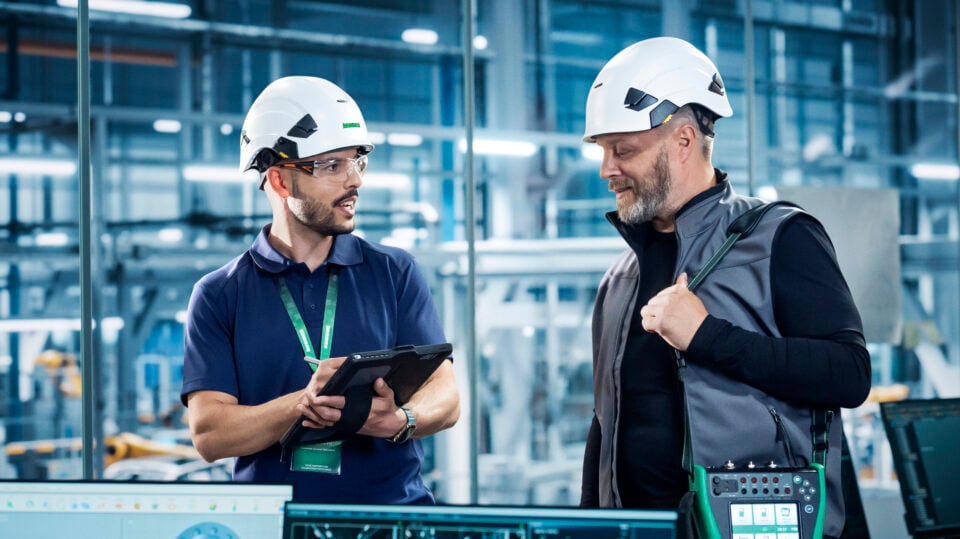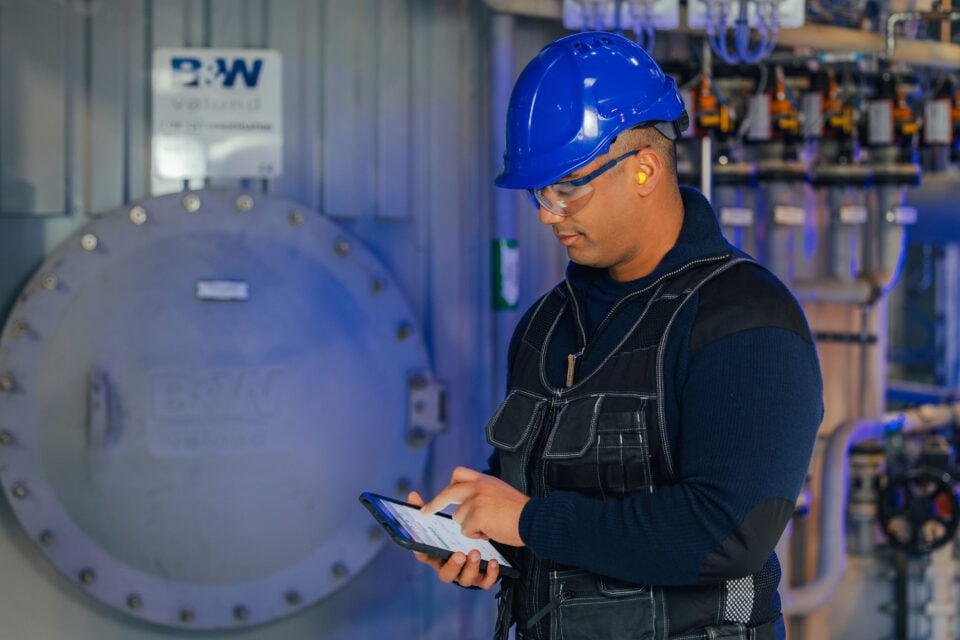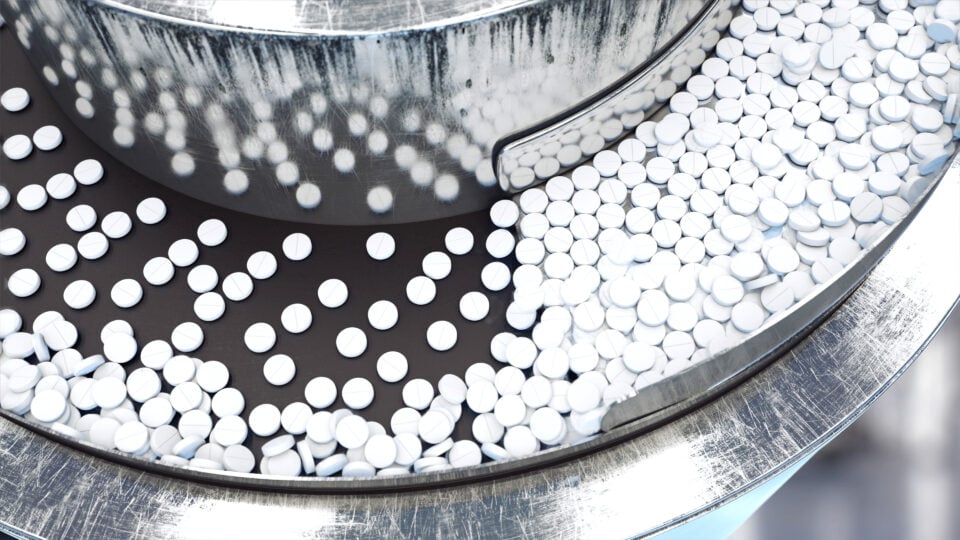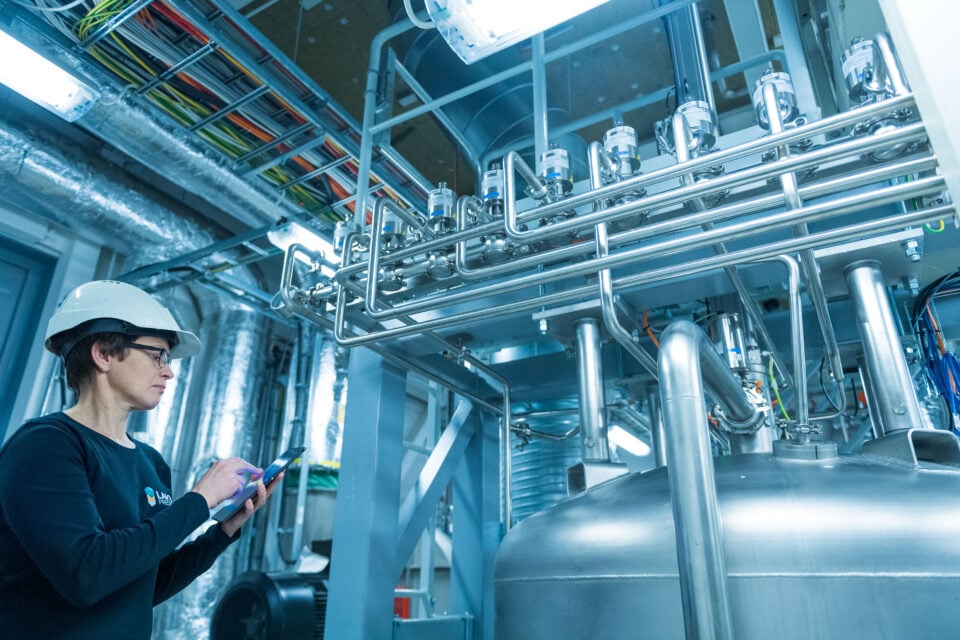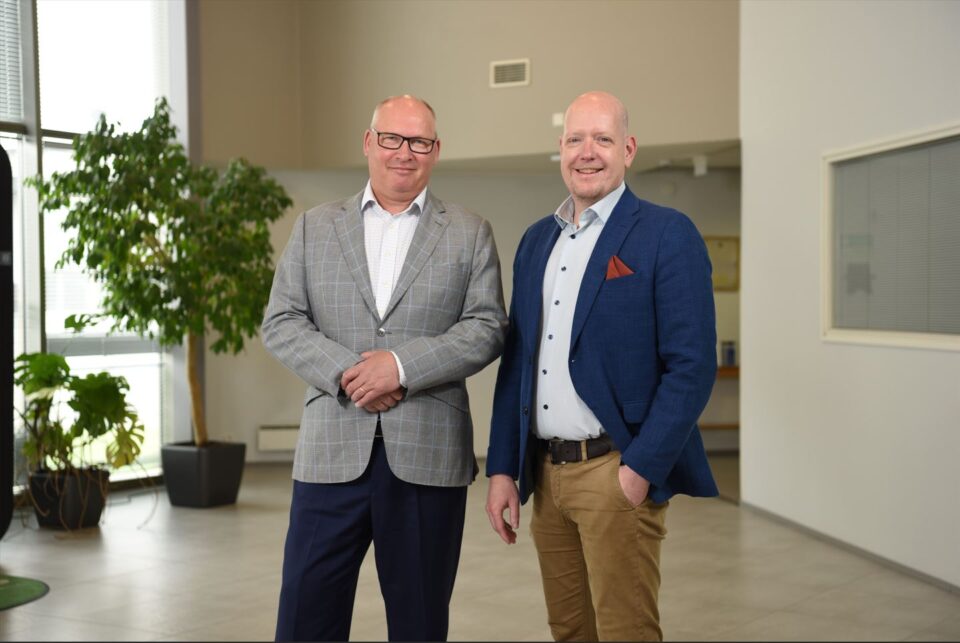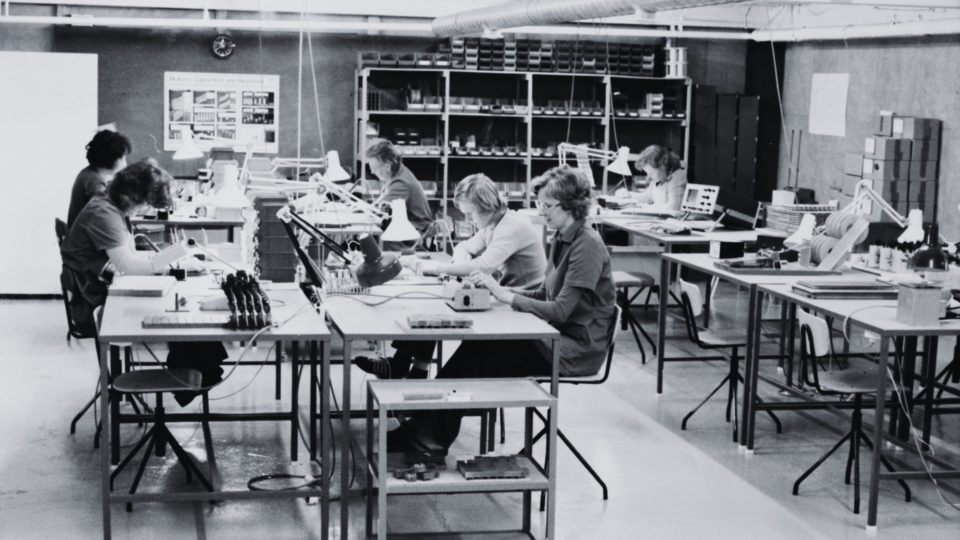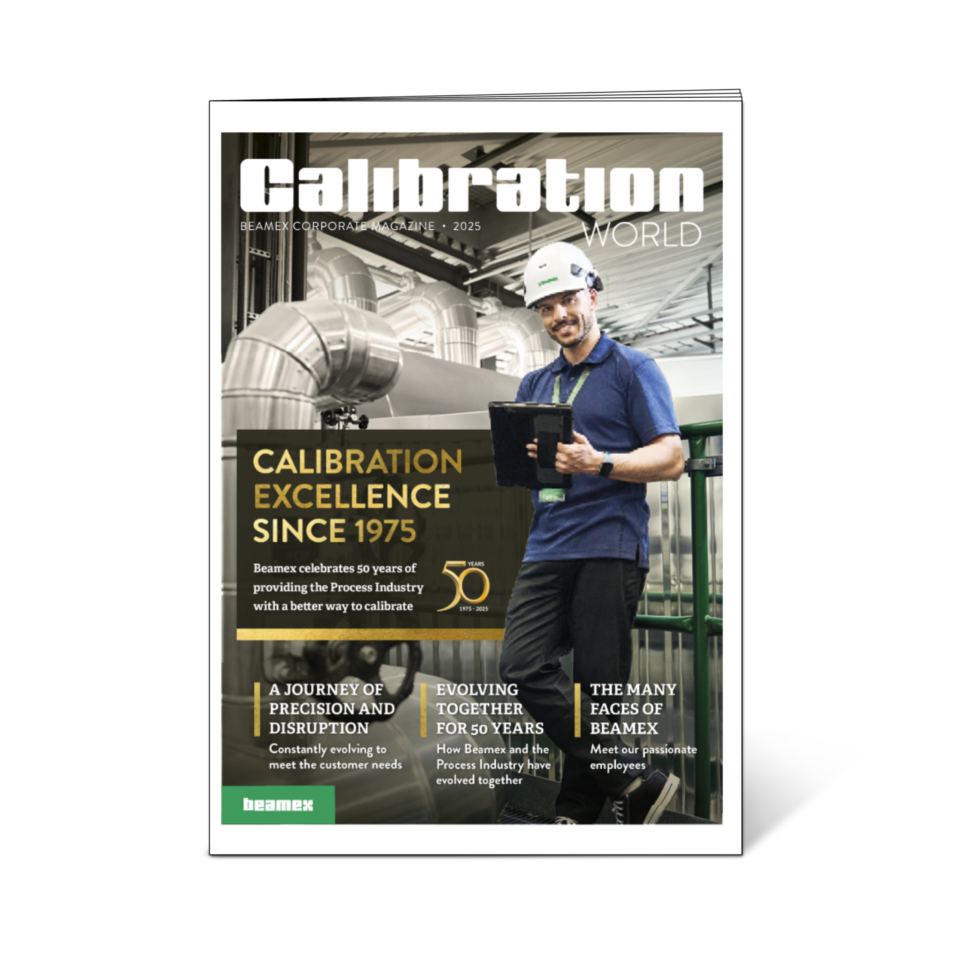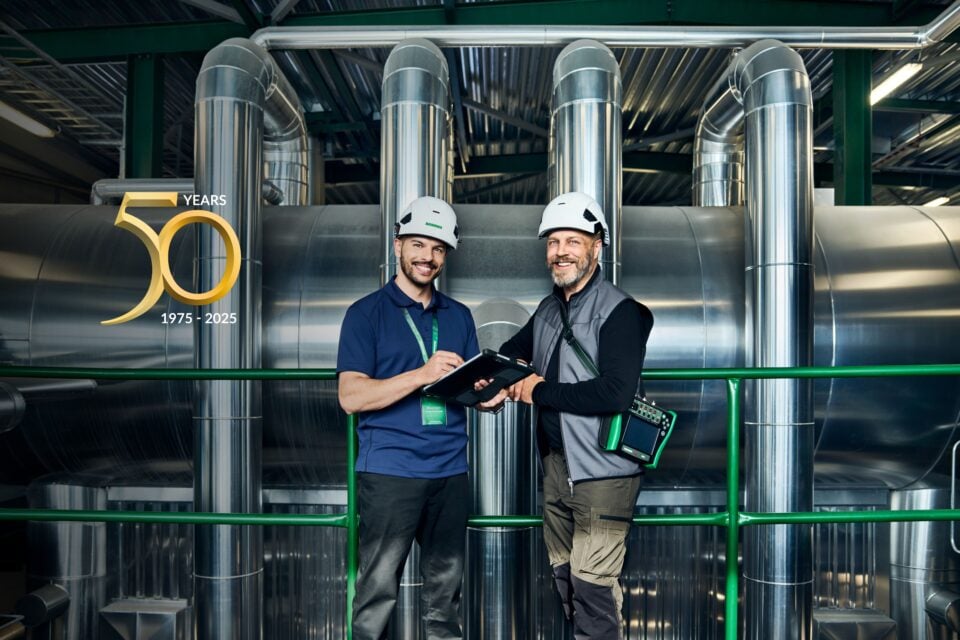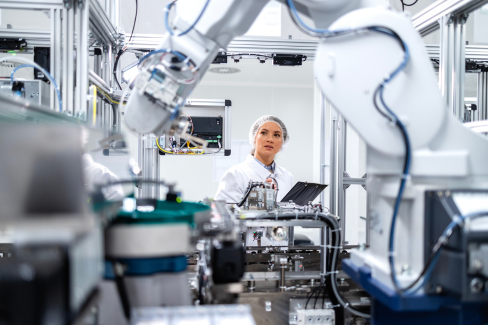
How do we build trust in technology?
Jan-Henrik Svensson, CEO, Beamex
In a world where “zero trust” is becoming the norm, how can we build genuine trust in technology? The answer lies in transforming how we think about trust, making it a deliberate design choice rather than an accidental outcome.
I hate the term “zero trust” because the name feels like a contradiction. The model, based on the principle of “never trust, always verify,” is sound, but how can we talk about building trust in technology while championing an approach that literally starts with none of it? The language sends the wrong signal, especially when we want to develop systems that are secure, transparent, and ultimately trustworthy.
Let’s take the EU’s Cyber Resilience Act (CRA) as an example. It offers a much-needed shift: it provides a framework for embedding trust directly into the design, development, and lifecycle of products with digital elements, like software and connected devices. It is a stringent cybersecurity law that forces companies to walk the walk, not just talk the talk.
Make trust a core design principle
The CRA entered into force on 10 December 2024, establishing harmonised cybersecurity requirements for products with digital elements sold across the EU and EEA, regardless of which country manufactured them. Its main obligations, ranging from incident reporting and vulnerability management to secure-by-design principles, will apply in phases up to December 2027, giving manufacturers time to adapt.
By operationalising zero-trust principles within a legally enforceable, lifecycle-based framework, the CRA shifts security from an afterthought to a core design principle. Rather than viewing regulation as a hurdle, companies can instil trust and transparency directly into their systems from day one. At Beamex, we view such regulation as an opportunity to strengthen trust through lifecycle-secure design.
In industrial contexts, a single security lapse can have far-reaching consequences. In operational technology (OT), lifecycle security is often overlooked. However, trust depends not only on today’s delivery but also on how systems are supported, from development to decommissioning. Continuous support and improvements reinforce customer trust throughout the product’s entire life
OT and Information Technology (IT), once separated due to differing priorities, are converging, and this trend is only accelerating. As operational systems become increasingly connected, OT teams will evolve to collaborate seamlessly with IT professionals who drive innovation through rapid updates, data integration, and advanced connectivity. This shift will foster a future in which trust is not just maintained but actively engineered into every phase of product development and operational lifecycle.
Open standards, built collaboratively with inputs from all stakeholders, from companies to regulators to research organisations, have a major role to play here. At Beamex, we have been working with major stakeholders like Germany’s national metrology institute, Physikalisch-Technische Bundesanstalt (PTB), to create the Digital Calibration Certificate (DCC). It enables calibration results to be stored and shared electronically in a standardised, consistent, authenticated, and encrypted format, allowing for safe and secure sharing between relevant parties.
Use regulation to drive innovation
Critics often argue that heavy regulation stifles innovation and pushes startups toward less-regulated jurisdictions. Our U.S. partners worry that designing in trust and safety from day one limits innovation and slows companies down. There’s some truth to that: regulation moves slowly, and startups may struggle to navigate the daunting compliance jungle. They often choose to establish in the U.S., China, or India, where rules are looser.
While Europe is often seen as overregulated, such regulation also introduces some much-needed predictability in these unpredictable times, offering a defined pathway to market that can actually encourage investment and innovation. Additionally, in high-risk sectors, like nuclear, chemical, and pharmaceuticals, a “move fast and break things” mentality is a recipe for disaster. Regulation reduces uncertainty, creating a level playing field where everyone knows the baseline.
Looking ahead, analytics and AI will increasingly enhance confidence in both data and decision-making. However, embedding trust into technology demands a fundamental organisational rethink at the intersection of IT and OT. To thrive, companies must invest in new talent, implement updated educational programs, and foster cultural transformation. Without these shifts, managing integrated environments will remain a struggle.
Embed trust into every byte and bolt
As technology advances, it becomes harder to know what to trust: fake data, deepfakes, and misleading headlines are all challenges. We need technology not just to solve problems but to verify: can we trust the data, the calibrator, the process? End-to-end transparency covering everything from open AI models and clear software stacks to auditable decisions is essential.
Our customers demand to know whether we use open-source or proprietary components and who has access. The entire value chain must be transparent and trustworthy. Beamex has embedded this philosophy of “trust by design” into our calibrators and calibration-management software. We’re absolutely in the trust business: our devices deliver measurements that you can fully trace and audit.
For 50 years, Beamex transparent philosophy and consistent measurement standards have positioned us as a trusted partner globally. Today, over 15,000 customers in 140 countries, from Nigeria to Finland, rely on our accurate, dependable measurements. Our customers, from drug manufacturers to aerospace firms, can say with confidence, “This calibration has passed; you can trust this measurement.”
Beyond initial delivery, our commitment extends through the product lifecycle with firmware updates, calibration services, and clear traceability. When anomalies occur, we perform transparent risk assessments and collaborate openly with customers, because you gain trust in droplets but lose it in buckets.
Trust isn’t an afterthought, but rather the result of deliberate design, transparent operations, and continuous improvement. Measures like the CRA and the DCC give companies a chance to build trust into every layer of their systems. When done right, this earns the confidence of customers, partners, and society.
You might also find interesting
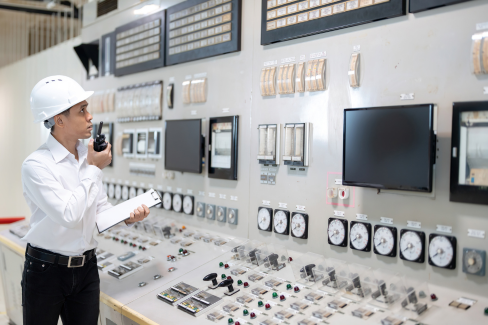
For a safer and less uncertain world
Welcome to our series of topical articles where we discuss the impact that accurate measurement and calibration has on the world and our everyday lives.


